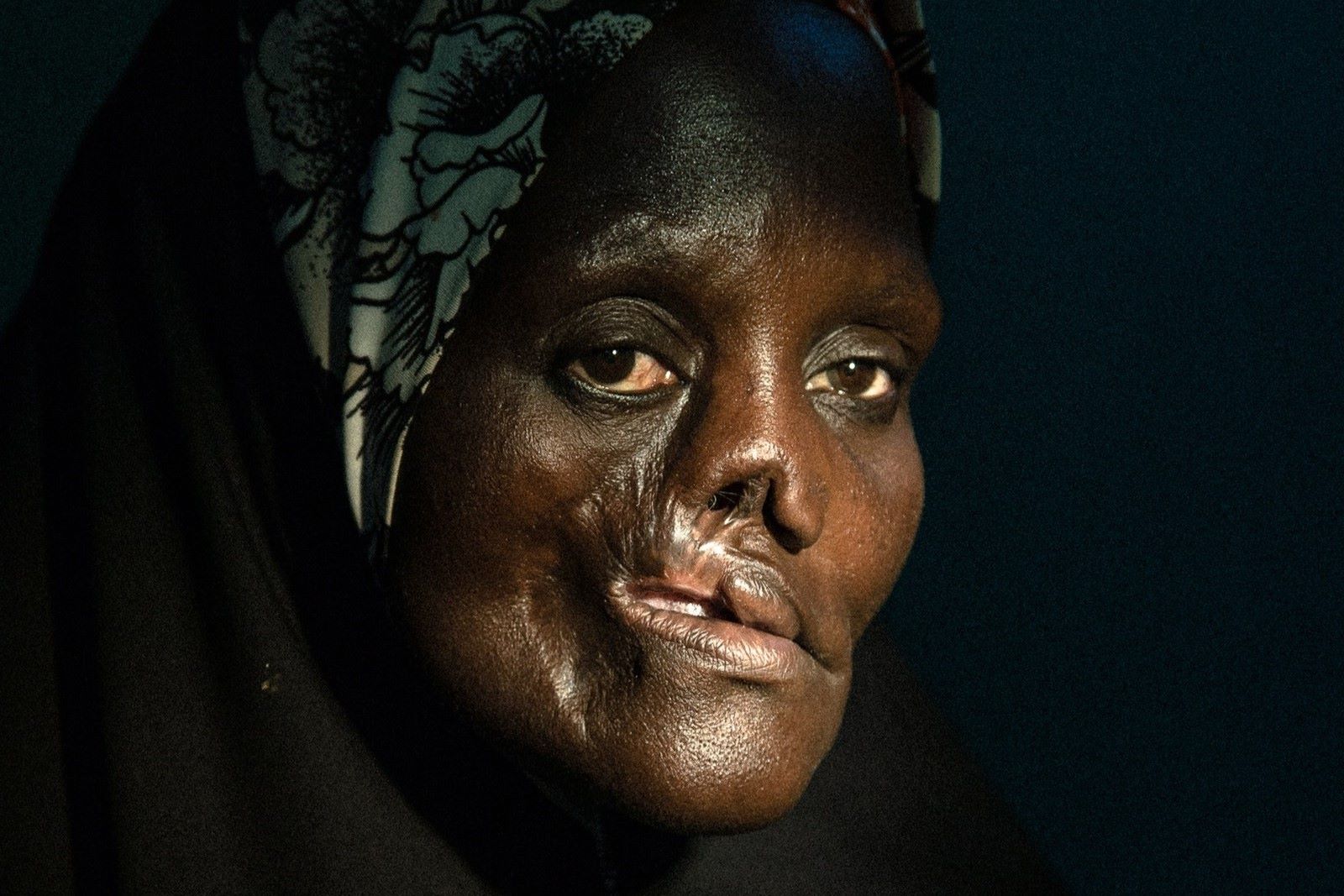
Noma, also known as cancrum oris, is a severe gangrenous disease affecting the mouth and face. It primarily impacts children in impoverished regions, leading to rapid tissue destruction and high mortality rates. Noma starts as a small sore inside the mouth, which quickly progresses to devastating facial damage if untreated. This disease is often linked to malnutrition, poor hygiene, and weakened immune systems. Despite being preventable and treatable in early stages, Noma remains a significant health issue in parts of Africa, Asia, and South America. Understanding Noma is crucial for raising awareness and improving prevention and treatment efforts globally.
Key Takeaways:
- Noma is a devastating disease that affects malnourished children, causing severe facial disfigurement and a high mortality rate if left untreated. Prevention through nutrition, hygiene, and early detection is crucial.
- Malnutrition, poor oral hygiene, and lack of access to healthcare contribute to the prevalence of Noma. Early recognition, treatment with antibiotics, and reconstructive surgery can greatly improve survival and reduce disfigurement.
What is Noma?
Noma, also known as cancrum oris, is a severe gangrenous disease affecting the mouth and face. It primarily impacts malnourished children in impoverished regions. Here are some eye-opening facts about this devastating condition.
- Noma is a rapidly progressing infection that destroys soft and hard tissues of the face.
- The disease mainly affects children aged 2 to 6 years.
- Noma is most prevalent in sub-Saharan Africa, though cases have been reported in Asia and South America.
- Malnutrition and poor oral hygiene are significant risk factors.
- The World Health Organization (WHO) estimates that 140,000 new cases occur annually.
- Noma has a mortality rate of 90% if left untreated.
- Survivors often suffer severe facial disfigurement and social stigma.
- The disease starts as a gingival ulcer before spreading to the cheeks and lips.
- Noma can progress from initial symptoms to severe tissue destruction within a week.
- Early symptoms include fever, mouth ulcers, and swollen gums.
Causes and Risk Factors
Understanding the causes and risk factors of Noma can help in its prevention and early detection. Here are some critical points.
- Malnutrition weakens the immune system, making children more susceptible.
- Poor sanitation and hygiene contribute to the spread of the disease.
- Measles and other viral infections can increase the risk.
- Chronic diseases like HIV/AIDS also elevate susceptibility.
- Vitamin deficiencies, particularly Vitamin A and C, are linked to Noma.
- The bacterium Fusobacterium necrophorum is often found in Noma lesions.
- Other bacteria like Prevotella and Bacteroides also play a role.
- Fungal infections can complicate the condition.
- Living in overcrowded conditions increases the risk.
- Lack of access to healthcare exacerbates the problem.
Symptoms and Diagnosis
Recognizing the symptoms early can be life-saving. Here’s what to look for and how Noma is diagnosed.
- Initial symptoms include bad breath and excessive salivation.
- Painful ulcers appear on the gums and inside the cheeks.
- Swelling of the face and lips follows.
- Tissue necrosis leads to blackened areas on the face.
- A foul-smelling discharge may be present.
- Difficulty in eating and speaking is common.
- Diagnosis is primarily clinical, based on symptoms and history.
- Blood tests can help identify underlying infections.
- Imaging studies like X-rays may be used to assess bone involvement.
- Early diagnosis significantly improves the chances of survival.
Treatment and Management
Effective treatment can save lives and reduce disfigurement. Here’s how Noma is managed.
- Antibiotics are crucial in treating bacterial infections.
- Nutritional support is essential for recovery.
- Surgical intervention may be needed to remove necrotic tissue.
- Reconstructive surgery can help restore facial appearance.
- Pain management is an important aspect of treatment.
- Psychological support is often necessary for survivors.
- Early treatment can reduce the mortality rate to 10-20%.
- Community health programs play a vital role in managing Noma.
- Vaccination against measles can help prevent the disease.
- Improving sanitation and hygiene reduces the risk.
Prevention and Awareness
Prevention is better than cure, especially for a disease as devastating as Noma. Here are some preventive measures and awareness tips.
- Promoting breastfeeding can improve nutrition and immunity.
- Educating communities about oral hygiene is crucial.
- Regular dental check-ups can help in early detection.
- Providing clean water and sanitation facilities reduces risk.
- Nutritional programs can help combat malnutrition.
- Awareness campaigns can reduce stigma and encourage early treatment.
- Training healthcare workers to recognize early symptoms is vital.
- International organizations are working to eradicate Noma.
- Community involvement is key to successful prevention.
- Research is ongoing to find better treatments and preventive measures.
Understanding Noma: Final Thoughts
Noma, a devastating disease, primarily affects children in impoverished regions. It's crucial to recognize the symptoms early, such as mouth ulcers and facial swelling, to prevent severe disfigurement or death. Malnutrition, poor oral hygiene, and weakened immune systems contribute to its spread. Efforts to combat Noma include improving living conditions, providing better nutrition, and increasing access to healthcare. Organizations worldwide are working tirelessly to raise awareness and offer treatment. Remember, early intervention can save lives and prevent suffering. By supporting these initiatives, we can help reduce the impact of this preventable disease. Stay informed, spread the word, and contribute to the fight against Noma. Every effort counts in making a difference for those affected.
Frequently Asked Questions
Was this page helpful?
Our commitment to delivering trustworthy and engaging content is at the heart of what we do. Each fact on our site is contributed by real users like you, bringing a wealth of diverse insights and information. To ensure the highest standards of accuracy and reliability, our dedicated editors meticulously review each submission. This process guarantees that the facts we share are not only fascinating but also credible. Trust in our commitment to quality and authenticity as you explore and learn with us.
